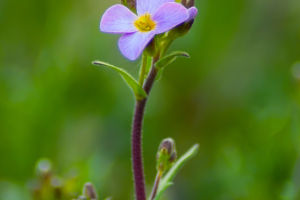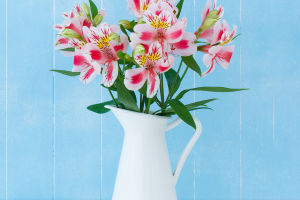Lilies are admired for their elegance and enchanting fragrance, but it is crucial to understand their potential health risks.
The question of whether lilies are poisonous is common among flower enthusiasts.
While lilies do exhibit some toxicity, the degree of risk depends on the type of contact and individual sensitivity. The fragrance of lilies, although delightful, contains a trace of stimulant that can be irritating to some people.
Prolonged exposure to the scent may lead to "flower intoxication," causing feelings of excitement or even insomnia. To prevent disturbances in sleep quality, it is advisable to avoid placing lilies in the bedroom at night.
In terms of pollen, it is important to note that lily pollen is non-toxic. This means that incidental contact with the pollen is generally not a major concern. However, lily pollen can be difficult to remove once it stains clothing or other items.
To minimize potential mess and maintain a clean environment, it is recommended to trim the pollen-producing stamens before the flowers are fully open. This reduces the likelihood of pollen dispersion and helps keep the surrounding area tidy.
Lilies have become a popular choice for home decor due to their stunning blooms and strong fragrance. Cultivating lilies indoors is feasible, but there are several factors to consider for optimal growth and to minimize potential issues. Lilies have large, vibrant flowers and a potent fragrance.
When growing them indoors, it is best to place them in well-ventilated areas or corners of the room where the fragrance can diffuse effectively. However, lilies should not be placed in drafty locations, as they are sensitive to wind, which can negatively impact their growth.
Lilies generally have a short flowering period, lasting about two weeks at an indoor temperature of around 15°C (59°F).
After this period, the ornamental value of the flowers diminishes, and the foliage may lose its appeal. To maintain a fresh and visually pleasing indoor environment, it is advisable to replace lilies regularly once they have finished blooming.
Proper maintenance is crucial for extending the flowering period of lilies and ensuring their health. Temperature control is vital for the health of indoor lilies. If the indoor temperature is too high, lilies may fully open from buds within a single night, leading to a shorter flowering period.
Maintaining a suitable temperature is essential for prolonging the viewing period of lilies. Using air conditioners or humidifiers can help create an optimal indoor environment for lily growth.
To keep lilies looking their best, gently removing the stamens before the flowers are fully open can prevent pollen from falling onto the petals and causing unsightly orange spots. This practice will help keep the flowers clean and visually appealing.
While lilies pose some risks, particularly due to their strong fragrance, these concerns can be managed with proper care. Individuals who are sensitive to strong scents may experience discomfort or mild irritation from the fragrance of lilies. Ensuring adequate ventilation and avoiding placing lilies in enclosed or poorly ventilated spaces can help mitigate this issue.
Lilies, with their captivating beauty and fragrance, can be a wonderful addition to any home. By understanding their toxicity, managing their fragrance and pollen, and following appropriate maintenance practices, you can enjoy the splendor of lilies while minimizing potential health risks.
Indoor cultivation requires attention to factors such as temperature and ventilation to extend the flowering period and maintain a comfortable indoor environment. With thoughtful care, lilies can brighten your home with their elegance and charm.


